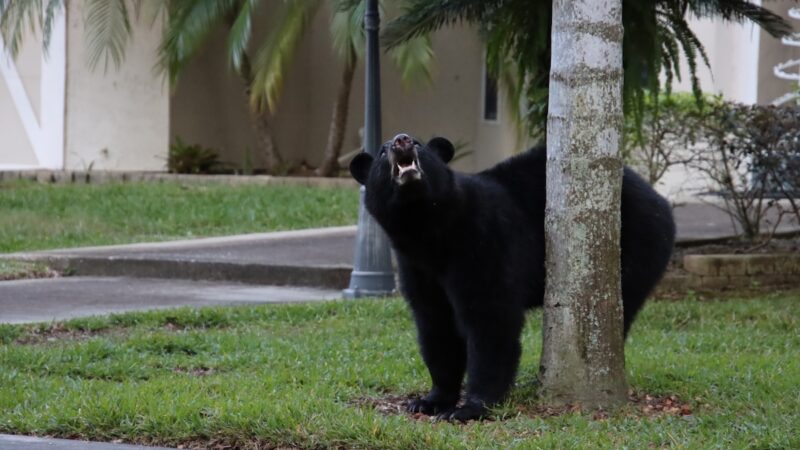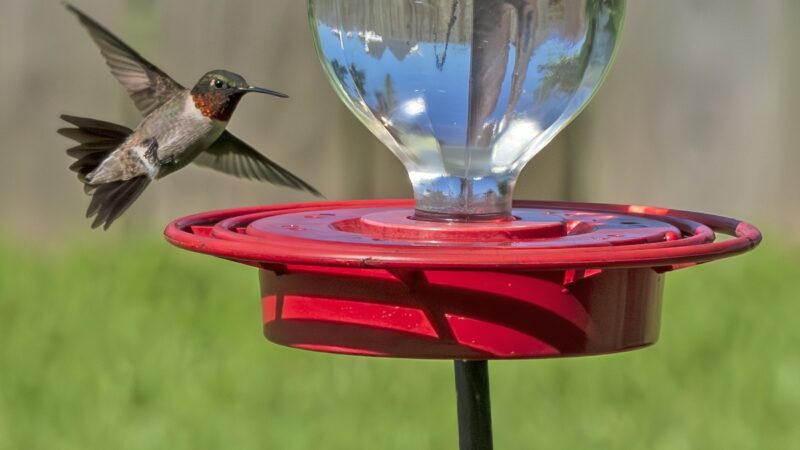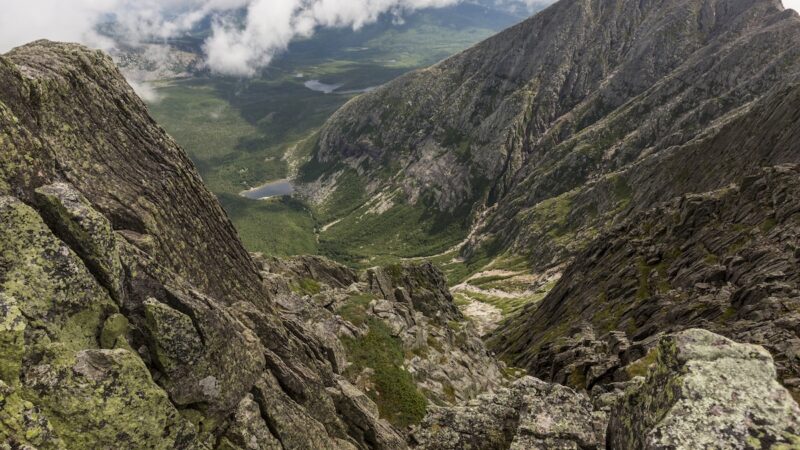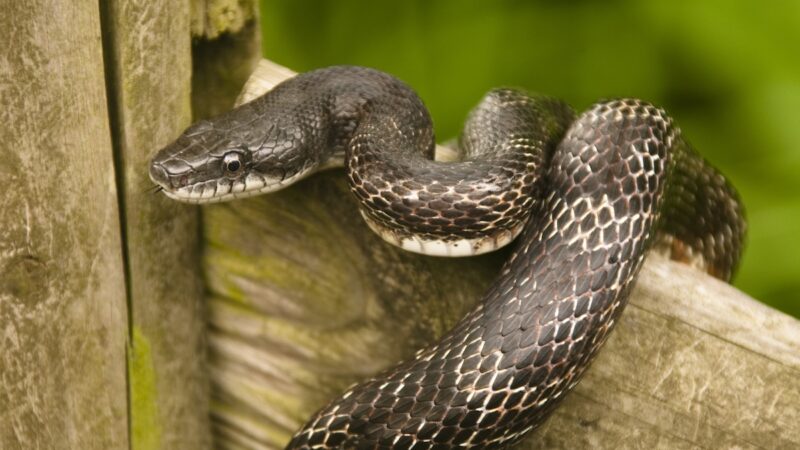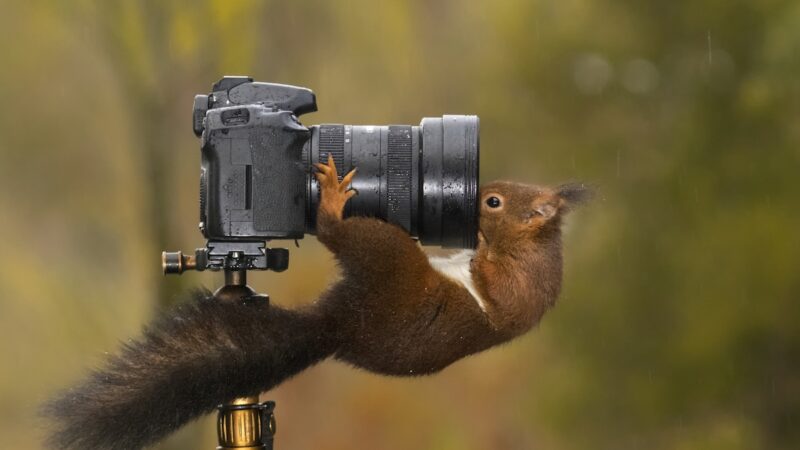How Do Mushrooms Spread Across the Forest?
Mushrooms. These clandestine little beings are so much more than just food.
Videos by Outdoors
There are over 20,000 species out there waiting to be discovered. The reproductive product of fungi, mushrooms are comparable to the fruit of a plant.
The mushroom kingdom exists in its own realm, separate from animals and plants, and represents a cycle of regrowth and regeneration as they absorb nutrients from decomposed organisms to begin new growth.
How do mushrooms spread across a forest, and how much can we learn from the incredible fungal network that exists beneath our feet?
Zillions of Spores
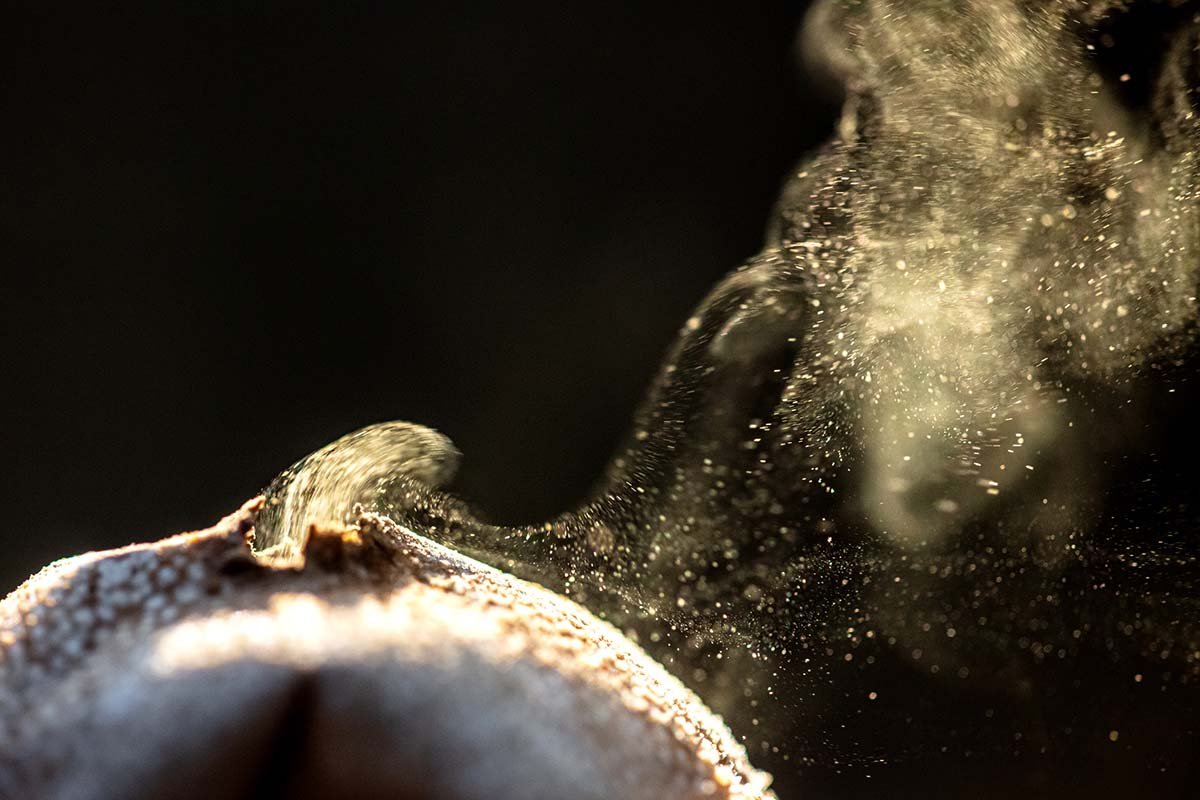
The key to spreadability is in the spores. All fungi release zillions of tiny spores into the atmosphere. These spores can attract insects, spreading their genes around and allowing mushrooms to flourish and crop up in all kinds of places.
As they spread, mushrooms break down many kinds of matter. In fact, anything hydrocarbon based, such as oil, can be absorbed by a fungal network, which can remove toxins and bring contaminated soil back to life.
Fantastic Fungi
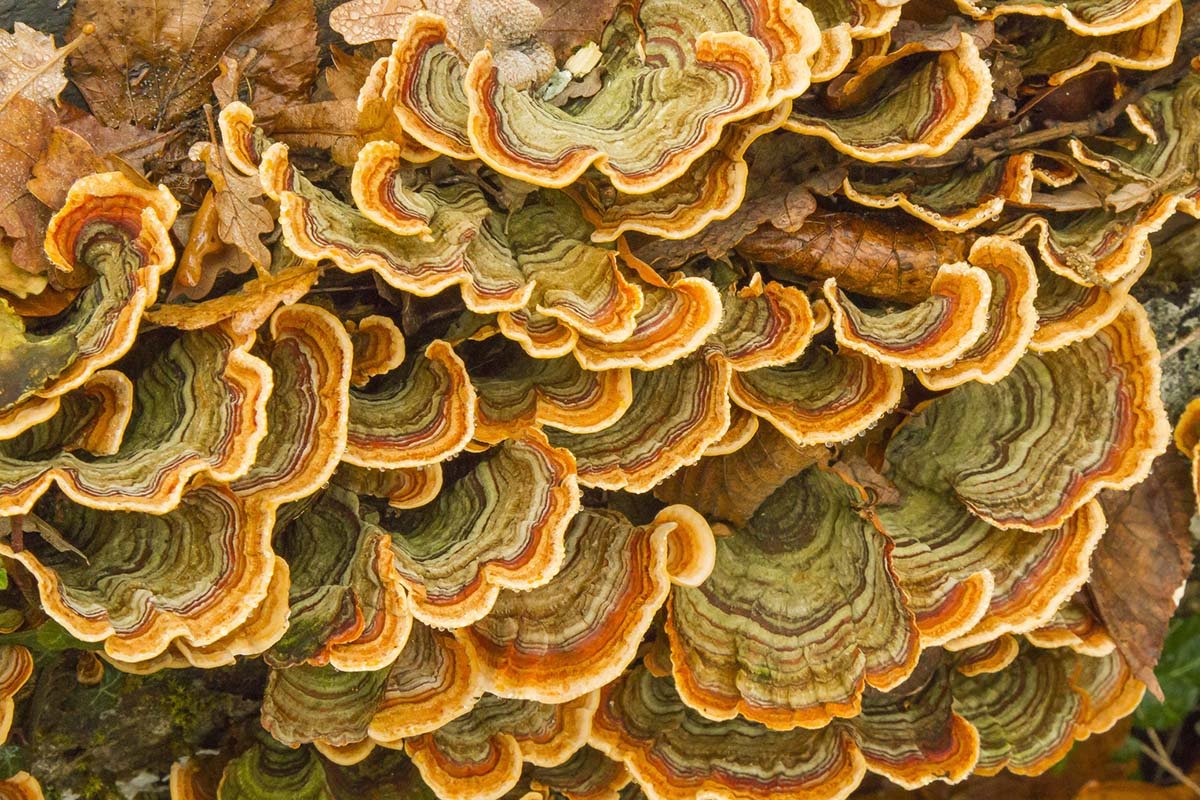
Mycophiles are people fascinated by mushrooms. The Netflix documentary, Fantastic Fungi, explores the growing fascination and science behind the most common living species on Earth.
In the documentary, experts explain how mushrooms form in an underground network of threads, called the mycelium network. The mycelium can join with roots from trees and plant life, allowing communication through these pathways. This process is called mycorrhiza and offers benefits to both partners.
Paul Stamets, a mycologist from Ohio, believes in the collaborative power of mushrooms. “What a beautiful inspirational model for how human beings might live. In a shared economy based not on greed but on nurturing relationships and mutual cooperation,” he says in the film.
Mushrooms Make Their Own Wind

Biologists Emilie Dressaire (Trinity College, Hartford, Connecticut) and Marcus Roper (UCLA) say mushrooms may spread by making their own wind. “Funghi are ingenious engineers” Dressaire notes.
Their latest studies explore how mushrooms can spread their genes in still air. They create their own wind by releasing water vapor. Their moisture evaporates, creating a flow of air that carries the spores around. These air movements allow the spores to land in new locations and begin a new growth cycle.
Mushroom Self-Defense
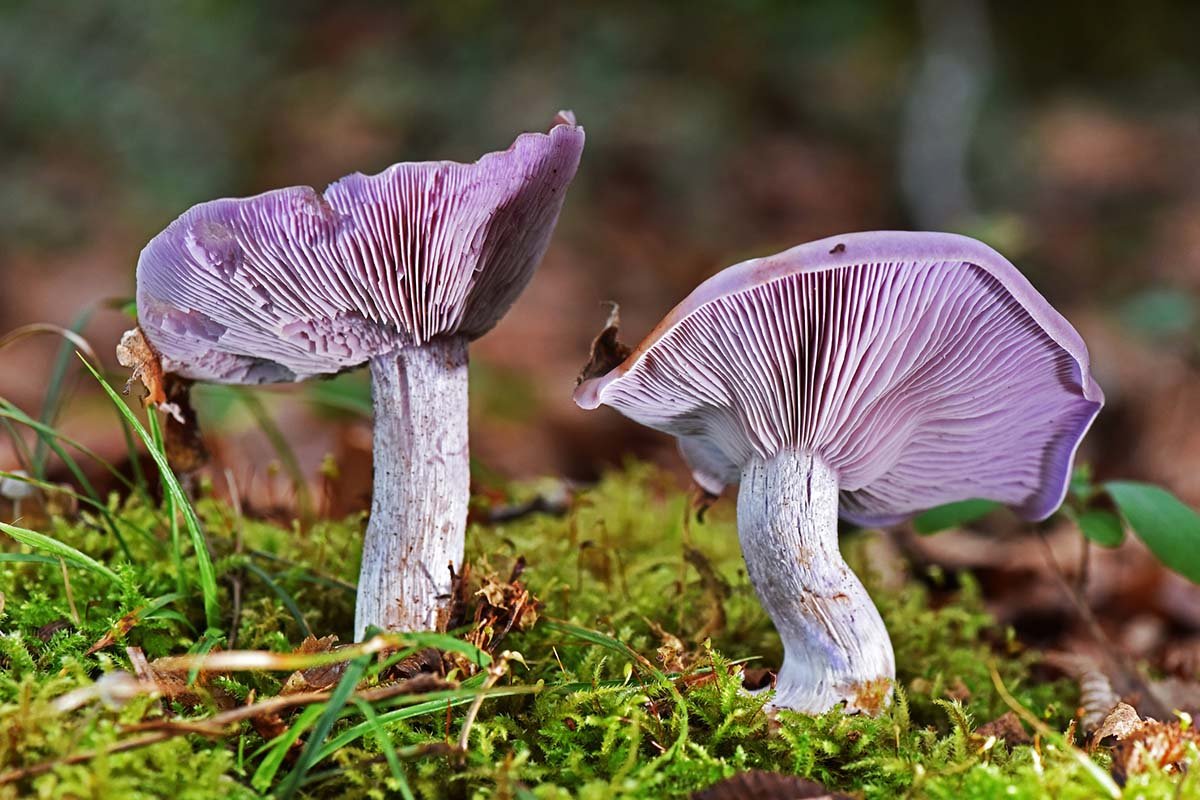
Mushrooms can be nutritious and delicious. They contain low amounts of fat and sodium, and provide high amounts of beneficial vitamin D.
However, some mushrooms are poisonous. These mushrooms intentionally produce poison so they will not be eaten and can reproduce. It is difficult to tell whether a mushroom in the forest is poisonous or not from its appearance, so it’s always safest to leave it alone in the wild, unless you’re an expert in mushroom foraging or are with an expert in mushroom foraging.
Healing Mushrooms
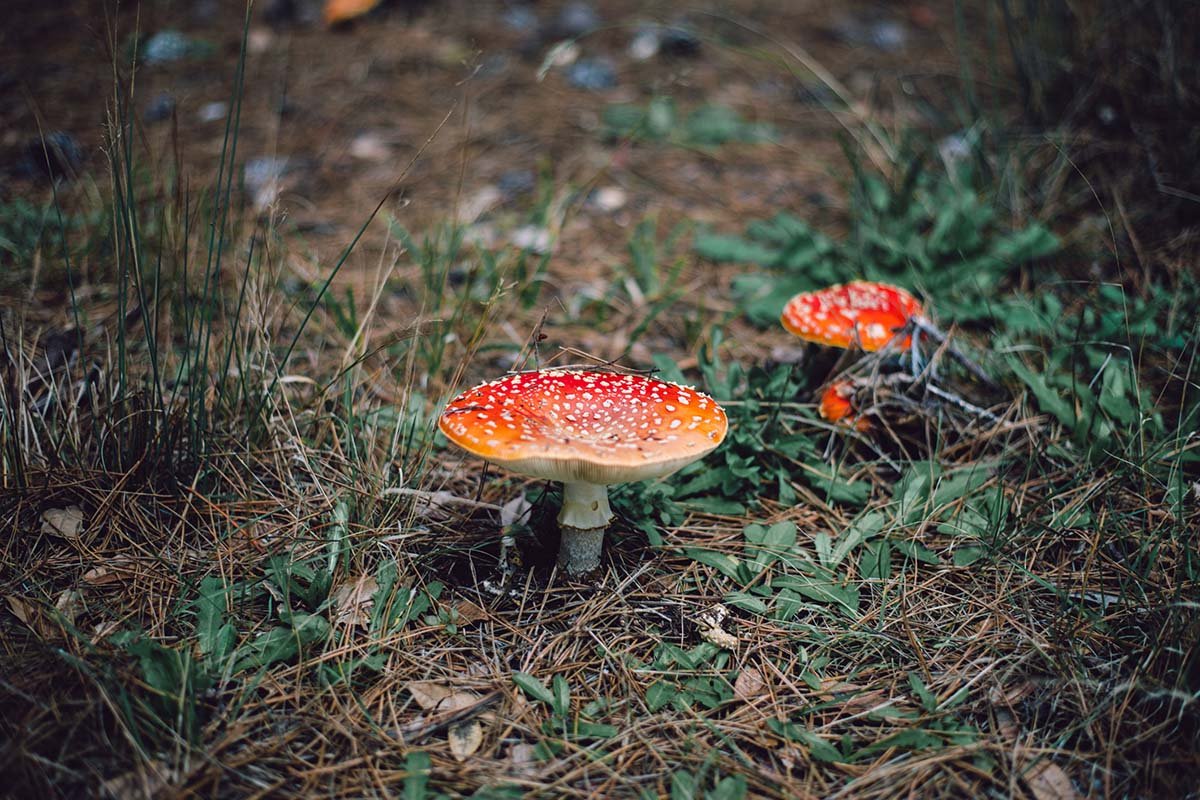
Fungi have been used in Eastern medicine practices for hundreds of years, and fungi were also used in the early production of penicillin. Some experts claim they have many health benefits, and some studies show they can decrease the risk of cancer.
Small doses of psilocybin, the component commonly found in “magic mushrooms,” has also been studied closely in association with helping people who have mental health issues, including depression and anxiety.
So, what can the wonderful world of mushrooms teach us? A lot. The fungal network can help us understand that everything in the natural world is interconnected, and it demonstrates how some of Earth’s oldest organisms have survived the test of time.
Source: https://outdoors.com/how-do-mushrooms-spread-in-the-forest/

